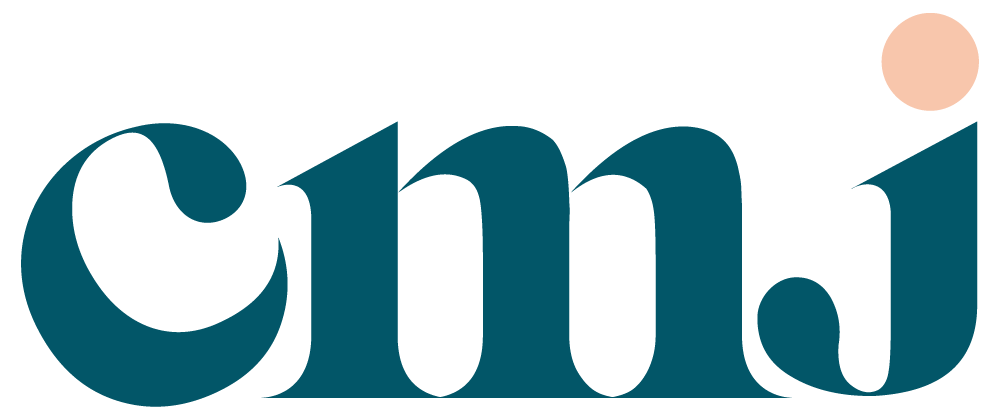Community: A Place to Perform Identities
Throughout March and into April, I’m interviewing participants of communities from all over the world. I’m curating some of their stories to incorporate into the book I’m co-writing about brand communities.
One common thread I've noticed through these stories: the most impactful communities for participants are the ones where members get to perform a meaningful part of their identity. Often, they have very little room outside of that community to perform that identity, so they look to the community as a place where expression is celebrated.
What do I mean by “perform”? I mean they literally get to play with their identity — either bring into being whom they have always been, or try on new identities they’ve maybe never freely expressed before. Performance can include clothing, ways of talking, titles, nonverbal cues like emblems and flags, nicknames, and playing with any other aspects of their identity.
Sometimes that performance is just for fun. Sometimes it’s for survival.
You can see how a shy genderqueer teen who is bullied at school could turn to an online music community to perform their true identity — perhaps a happy, confident, hopeful teenager who loves Lady Gaga and wants to meet others who do as well. The wider culture might tell this teen to stay quiet about who they really are, but in their online community, they can begin to integrate the parts of themselves that have been shut off.
We can think of meaningful communities as places where people can simply experiment with performing all kinds of identities.
Performance doesn’t only matter for those with marginalized identities who are not accepted by their mainstream culture. It is certainly powerful in these cases, but it’s applicable to all our work.
Here’s one example: My father is a former Harley Owners Group leader (Harley motorcycle’s global rider club). When he joined his local chapter, he discovered that every time he rode with his group, he got to act like “a rebel.” For him, this meant wearing leather vests with his chapter’s “colors” on the back (those sweet emblems you see sewn onto the back of rider jackets), riding in large groups of Harley owners down the highway, and traveling to far-off places as part of their group’s rider challenges. When he’s riding with his group, he says he feels like he’s doing something secret and special. The community provides him with one outlet of escape — performing the role of rebel alongside others. He isn’t a rebel; that isn’t core to his identity in this case. But it sure is a fun one to play with.
Brands that don’t serve rebels can still leverage performance inside communities: take Salesforce’s Trailblazer MVP community, which gathers the top-contributing Salesforce Trailblazer members together. (I’ve been thinking of them a lot lately, as they just inducted their new class of MVPs with personal videos on Twitter to every single one). Their MVPs get special access to their team, get to celebrate their achievement, and get to talk about all things Salesforce -- even when their colleagues at work might not "get it." There is a wide spectrum of how core the identity being performed is to participants' whole selves, but the performance of identity is no less significant.
The technology for bringing people together has changed over the years and will continue to change, but the common thread will still be performance.
How are people performing important aspects of themselves in your community? How can you give them the tools to do so every time they cross the threshold from the ordinary world into their community? Whatever you choose to roll with, have fun. Performance goes hand in hand with play. So enjoy it as you let your members take the stage and surprise you. I promise you they will.

